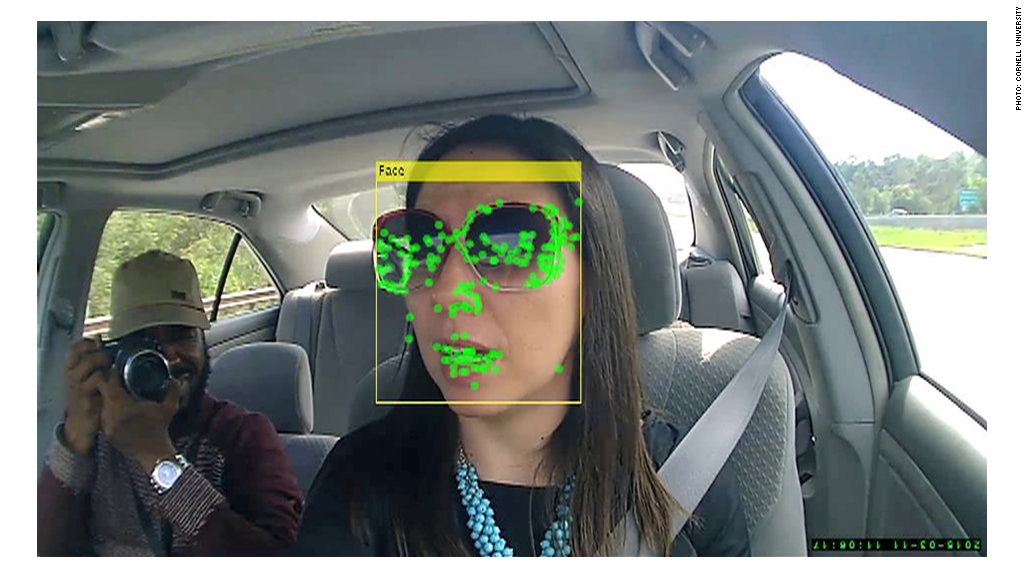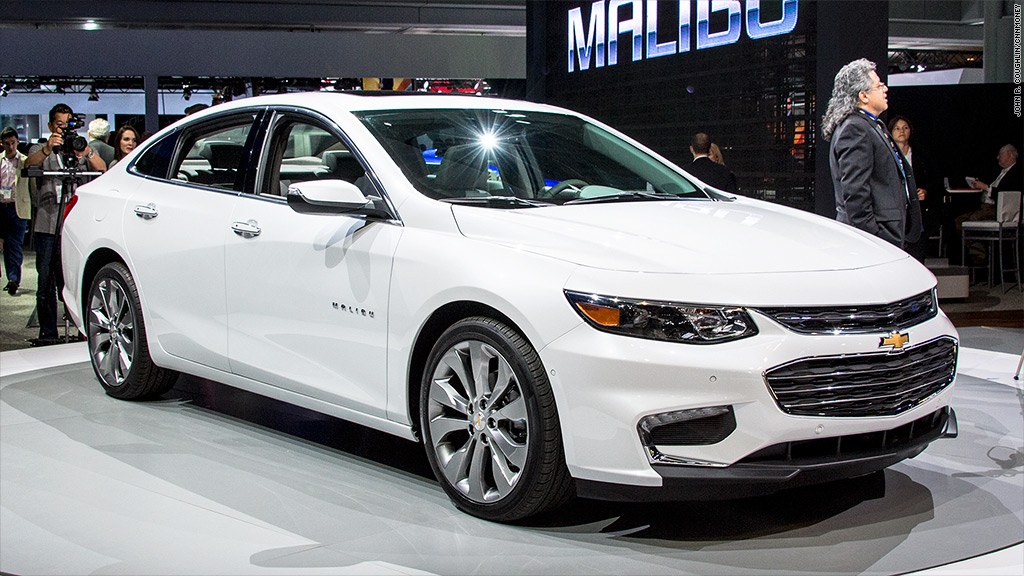
Let's face it, almost all automobile crashes are caused by human error. But what if there were a way to predict driving mistakes right before they happen?
That's the promise of new technology under development by researchers at Cornell and Stanford universities. While many cars already have sensors and cameras that watch line markings and surrounding vehicles, this new system also uses cameras inside the car to monitor the driver.
Subtle movements of the head and body can indicate that a driver is about to turn or change lanes in the next few seconds. With that information, combined with data from sensors outside the car, computers can predict that a driver is going to make a dangerous move. Example: turning left in front of an oncoming car.
The driver could then be warned that he is about to cause a crash.
The system could also use GPS data to warn a driver that, say, the turn he's about to make is illegal at that time of day.
Photos: 9 up-and-coming collectible cars
To develop the system, Cornell's Ashutosh Saxena and his colleagues recorded video of 10 drivers and combined it with video looking forward from their cars as they drove. In all, almost 1,200 miles of city and highway driving over two months was recorded and analyzed.
Computers learned to correlate certain head and body movements with impending driving maneuvers. When tested later with a different set of drivers, the technology correctly predicted driving maneuvers 77.4% of the time. On average, a turn or lane change was anticipated more than 3.5 seconds before it happened.

More refinement is still needed, according to the researchers. Sometimes, the face tracking system could be thrown off by passing shadows. Also, drivers interacting with passengers could confound the system. And some driving situations, like turning from a turn-only lane, don't always involve the same physical cues.
Eye-tracking capability and more sophisticated cameras could be added for greater precision. Sensors could be added to the steering wheel and pedals to pick up a driver's movements.
So far, this technology is in the early stages, but the researchers are in active discussions with automakers, Saxena said.

